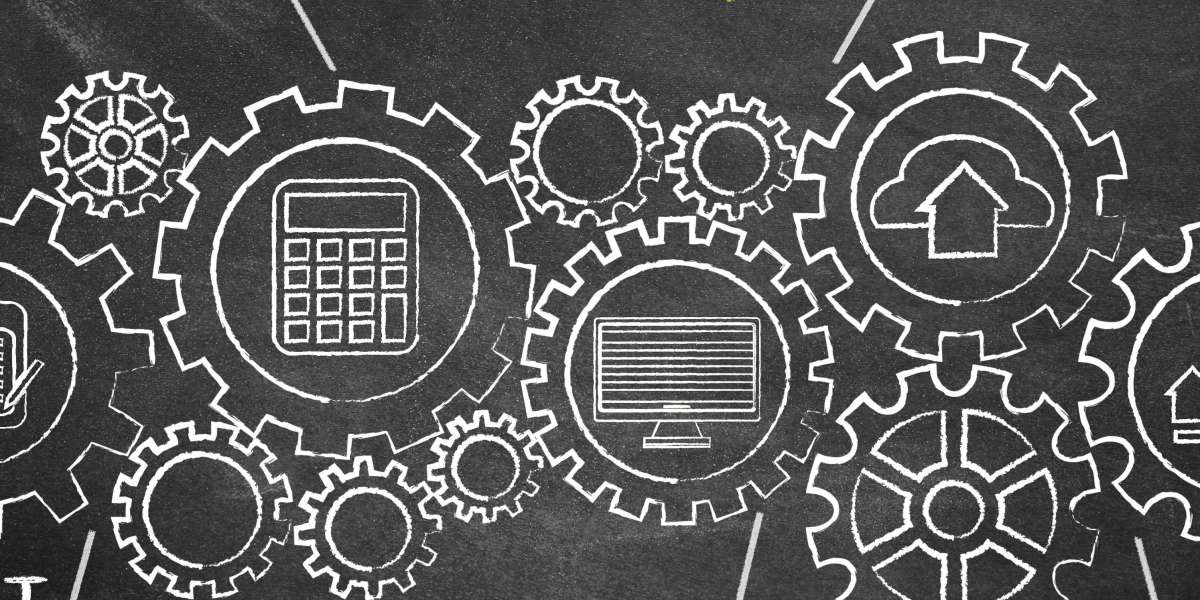ISO 9001 Certification: Elevating Quality Management Systems
Introduction
ISO 9001 is an internationally recognized standard for quality management systems (QMS). It provides a framework for organizations to ensure they meet customer and regulatory requirements while enhancing customer satisfaction and continuous improvement. Originating from the International Organization for Standardization (ISO), ISO 9001 is applicable to any organization, regardless of size, type, or industry. Achieving ISO 9001 certification demonstrates a commitment to quality and operational excellence, and it can significantly benefit organizations by improving efficiency, reducing errors, and fostering a culture of quality.
History and Evolution of ISO 9001
ISO 9001's history dates back to the late 1970s and early 1980s, a period when the need for a unified quality standard became apparent due to increasing international trade and globalization. The standard was first published in 1987, evolving from BS 5750, a British standard for quality assurance. Over the years, ISO 9001 has undergone several revisions to remain relevant and effective in an ever-changing business environment. Each revision aimed to address contemporary issues and incorporate best practices from the industry.
The 1994 revision emphasized quality assurance through preventive actions rather than just defect detection. The 2000 revision marked a significant shift by introducing the process approach, focusing on improving processes to enhance quality. The 2008 revision provided clarifications and improved compatibility with ISO 14001, the environmental management standard. The most recent revision in 2015 adopted a high-level structure (HLS) to align with other ISO management standards and placed a stronger emphasis on risk-based thinking and leadership involvement.
These revisions reflect the dynamic nature of quality management and the continuous efforts to integrate new management practices and technological advancements. Understanding the historical context and evolution of ISO 9001 helps organizations appreciate the depth and breadth of the standard and its significance in achieving and maintaining high-quality standards.
Benefits of ISO 9001 Certification
Achieving ISO 9001 certification offers numerous benefits that extend beyond mere compliance. One of the primary advantages is the enhancement of customer satisfaction. By implementing a robust QMS, organizations can consistently meet customer expectations and requirements, leading to increased customer loyalty and repeat business. ISO 9001's emphasis on continuous improvement ensures that organizations are always seeking ways to enhance their products, services, and processes, resulting in better quality outcomes over time.
Another significant benefit is operational efficiency. ISO 9001 requires organizations to define and document their processes, leading to a clearer understanding of responsibilities and more streamlined operations. This clarity reduces redundancy, minimizes errors, and improves overall productivity. Organizations can also achieve cost savings through better resource management and waste reduction.
ISO 9001 certification can also provide a competitive advantage. In many industries, certification is a prerequisite for participating in tenders and contracts, especially with large corporations and government agencies. It serves as a mark of credibility and reliability, making certified organizations more attractive to potential customers and partners.
Moreover, ISO 9001 fosters a culture of quality within the organization. It requires involvement from top management and encourages employee engagement, leading to a more motivated and committed workforce. This culture of quality helps in sustaining improvements and adapting to changes in the market and regulatory environment.
Implementation Challenges and Solutions
Implementing ISO 9001 can pose several challenges, especially for organizations new to quality management systems. One common challenge is the resistance to change. Employees and management might be accustomed to existing processes and may view the adoption of a new standard as disruptive. Overcoming this resistance requires effective communication about the benefits of ISO 9001 and involving employees in the implementation process to gain their buy-in and support.
Another challenge is the documentation and process definition required by ISO 9001. Organizations may struggle with identifying and documenting all relevant processes, especially in complex operations. To address this, organizations can start with a gap analysis to identify areas that need improvement and seek guidance from ISO 9001 consultants who can provide expertise and support.
Maintaining certification can also be challenging due to the need for continuous improvement and regular audits. Organizations must be diligent in monitoring their processes, conducting internal audits, and addressing non-conformities promptly. Establishing a dedicated quality management team or appointing a quality manager can help ensure ongoing compliance and improvement.
Technology can play a crucial role in overcoming these challenges. Quality management software can streamline the documentation process, facilitate real-time monitoring, and provide tools for data analysis and reporting. Leveraging technology can make the implementation and maintenance of ISO 9001 more manageable and efficient.
Future Trends in ISO 9001
As business environments continue to evolve, so too does the landscape of quality management. One significant trend is the integration of digital technologies into QMS. The advent of Industry 4.0, characterized by automation, data exchange, and smart manufacturing, is transforming how organizations approach quality management. Digital tools such as artificial intelligence, machine learning, and the Internet of Things (IoT) are being increasingly incorporated into QMS to enhance data accuracy, predictive maintenance, and process optimization.
Another trend is the growing emphasis on sustainability and corporate social responsibility (CSR). Organizations are increasingly expected to demonstrate not only quality but also environmental stewardship and social responsibility. Future revisions of ISO 9001 may place greater emphasis on these aspects, aligning quality management with broader sustainability goals.
Risk-based thinking, introduced in the 2015 revision, is likely to gain even more prominence. The ability to anticipate, identify, and mitigate risks is becoming crucial in an unpredictable global market. Organizations will need to enhance their risk management capabilities and integrate them seamlessly into their QMS.
Finally, remote audits and virtual certification processes are gaining traction, especially in the wake of the COVID-19 pandemic. These remote approaches offer flexibility and can reduce the logistical challenges associated with traditional, on-site audits. As technology advances, remote audits are expected to become more sophisticated and widely accepted.
Conclusion
certification iso 9001 represents a commitment to quality and continuous improvement, providing organizations with a competitive edge in the global market. Its historical evolution reflects its adaptability and relevance, while the benefits of certification extend from enhanced customer satisfaction to operational efficiencies and market credibility. Despite the challenges in implementation, organizations that successfully navigate these hurdles can reap significant rewards. Looking ahead, the integration of digital technologies, increased focus on sustainability, and the evolution of risk-based thinking will continue to shape the future of ISO 9001, ensuring it remains a vital tool for quality management in the years to come.








